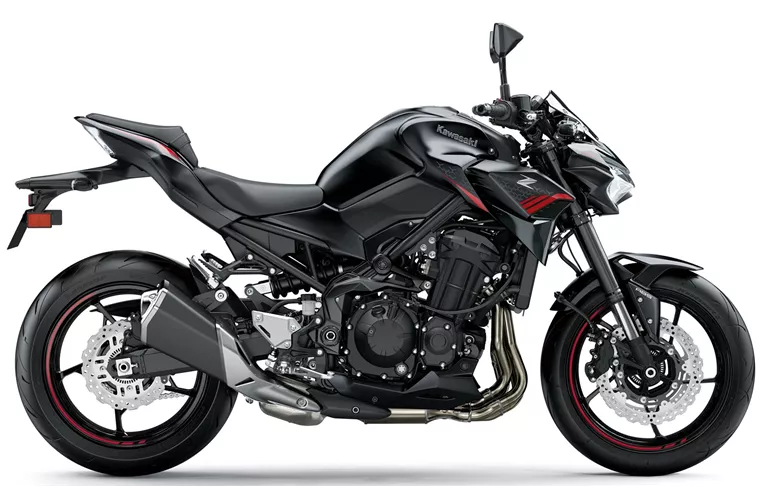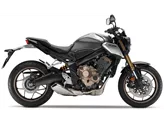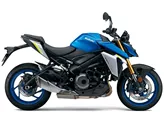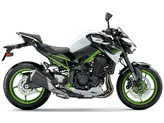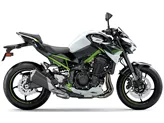Kawasaki Z900 70kW 2020 vs. Suzuki GSX-S750 2017
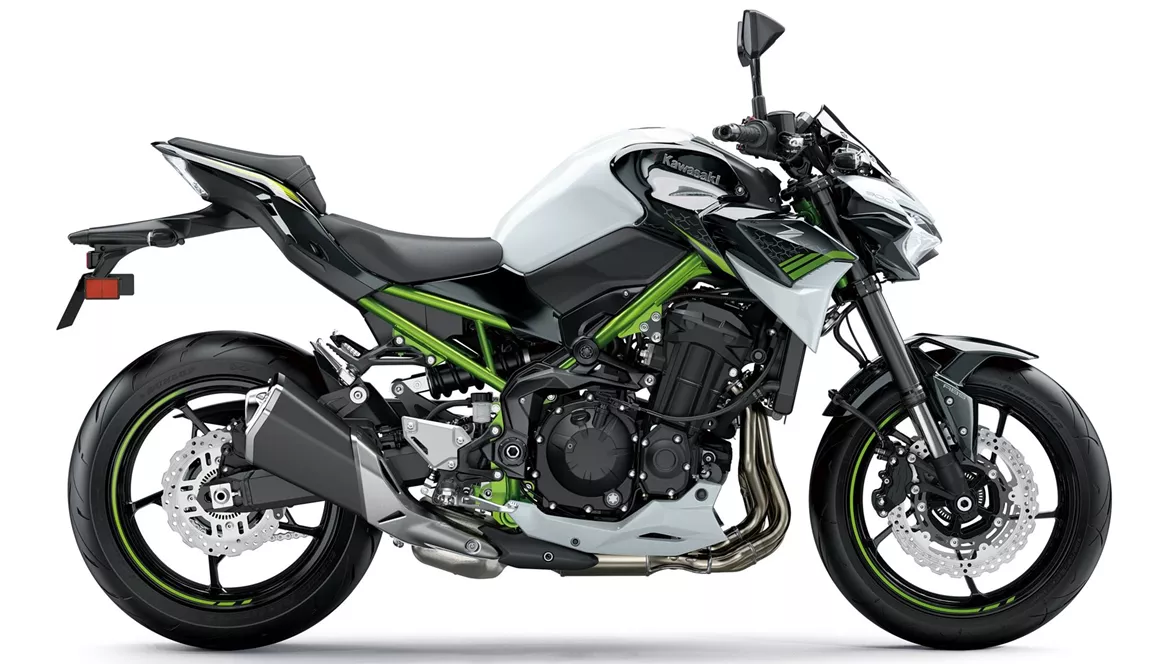
Kawasaki Z900 70kW 2020

Suzuki GSX-S750 2017
Overview - Kawasaki Z900 70kW 2020 vs Suzuki GSX-S750 2017
The Kawasaki Z900 70kW 2020 and the Suzuki GSX-S750 2017 are both naked bikes with similar engine types, fuel systems, and cooling systems. However, there are several differences between the two models in terms of engine power, torque, suspension, chassis, brakes, assistance systems, dimensions, and weights.
In terms of engine power, the Kawasaki Z900 70kW 2020 has 95 HP, while the Suzuki GSX-S750 2017 has 114 HP. This gives the Suzuki GSX-S750 a slight advantage in terms of raw power. However, the Kawasaki Z900 70kW still offers enough power, even with throttle, and provides a thrilling riding experience.
When it comes to torque, the Kawasaki Z900 70kW 2020 has 91.2 Nm, while the Suzuki GSX-S750 2017 has 81 Nm. The Kawasaki Z900 70kW has a higher torque, which can result in better acceleration and overall performance.
Both bikes feature upside-down telescopic forks for the front suspension and swing arm with a monoshock for the rear suspension. However, the Kawasaki Z900 70kW 2020 offers the additional adjustment options of preload and rebound for the rear suspension, providing riders with more customization options.
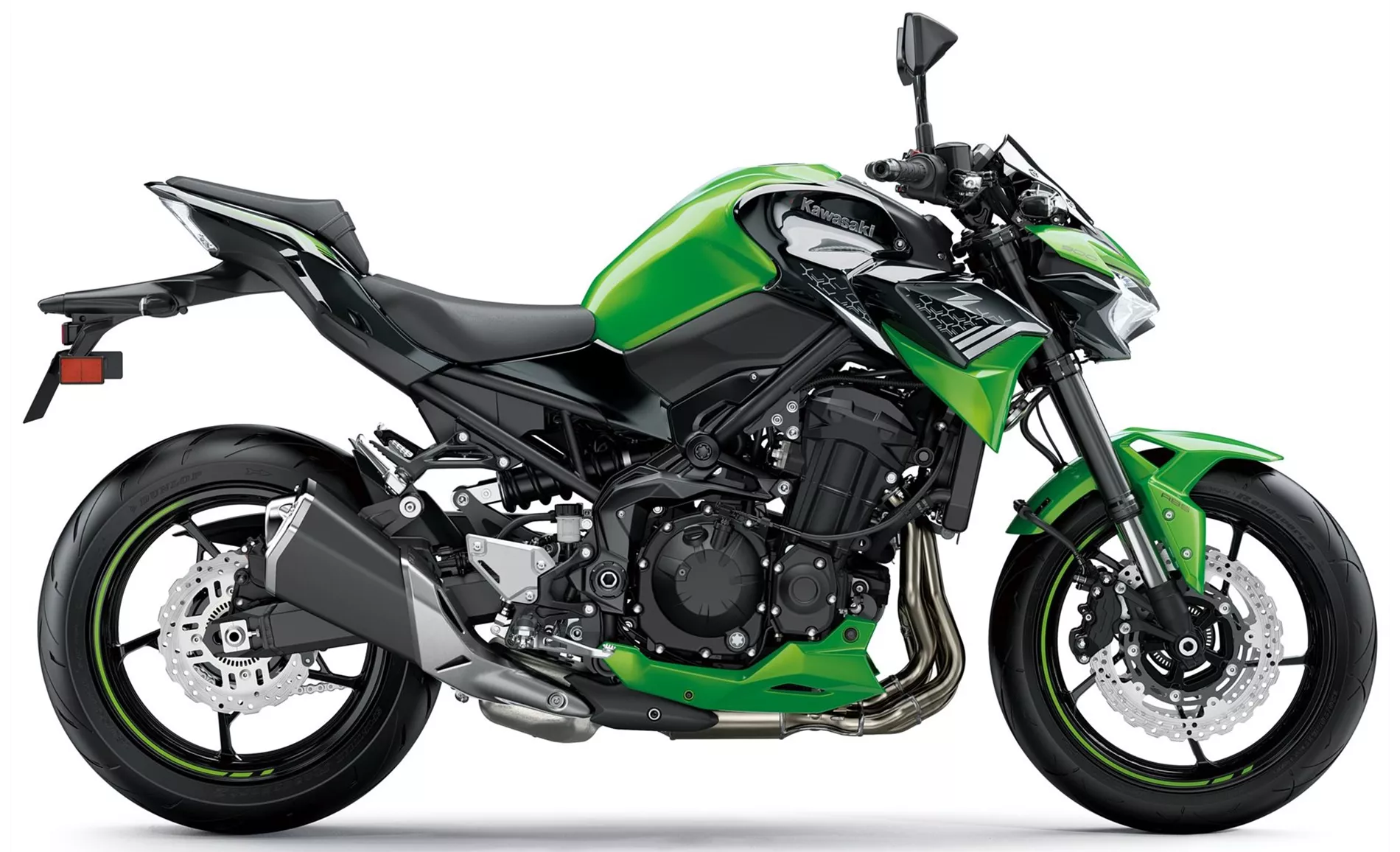
Kawasaki Z900 70kW 2020
In terms of chassis, the Kawasaki Z900 70kW 2020 has a steel frame with a double cradle design, while the Suzuki GSX-S750 2017 has an aluminum frame with a twin tube design. The choice of materials and frame design can affect the overall weight and handling characteristics of the bike.
Both bikes have double disk brakes at the front, but there are slight differences in the specifications. The Kawasaki Z900 70kW 2020 has 300 mm diameter disks with four pistons, while the Suzuki GSX-S750 2017 has 310 mm diameter disks with double pistons. Both bikes offer powerful and well-controlled braking performance.
In terms of assistance systems, the Kawasaki Z900 70kW 2020 offers advanced rider assistance systems such as ABS, riding modes, ride by wire, and traction control. On the other hand, the Suzuki GSX-S750 2017 only has ABS as an advanced rider assistance system.

Suzuki GSX-S750 2017
When it comes to dimensions and weights, both bikes have the same front and rear tire widths and diameters. The wheelbase of the Kawasaki Z900 70kW 2020 is slightly shorter at 1450 mm compared to the Suzuki GSX-S750 2017's 1455 mm. The seat height of the Kawasaki Z900 70kW 2020 is also lower at 795 mm, while the Suzuki GSX-S750 2017 has a seat height of 820 mm.
In terms of strengths, the Kawasaki Z900 70kW 2020 offers enough power, great handling, good equipment, an aggressive look, and value for money. On the other hand, the Suzuki GSX-S750 2017 has the strength of a GSX-R 750 engine with a strong character, powerful and well-controlled brakes, a harmonious design, an affordable price, a sharp sound, and great lean angle clearance.
However, the Kawasaki Z900 70kW 2020 has some weaknesses, such as somewhat tiring menu navigation and the lack of a quickshifter option. The Suzuki GSX-S750 2017 has the weaknesses of an acute knee angle and a tachometer that is difficult to read.
In conclusion, both the Kawasaki Z900 70kW 2020 and the Suzuki GSX-S750 2017 are powerful and capable naked bikes with their own strengths and weaknesses. The choice between the two ultimately depends on the rider's preferences and priorities in terms of power, handling, design, price, and additional features.
Technical Specifications Kawasaki Z900 70kW 2020 compared to Suzuki GSX-S750 2017
Pros and Cons in comparison
Pros and Cons in comparison
Kawasaki Z900 70kW 2020
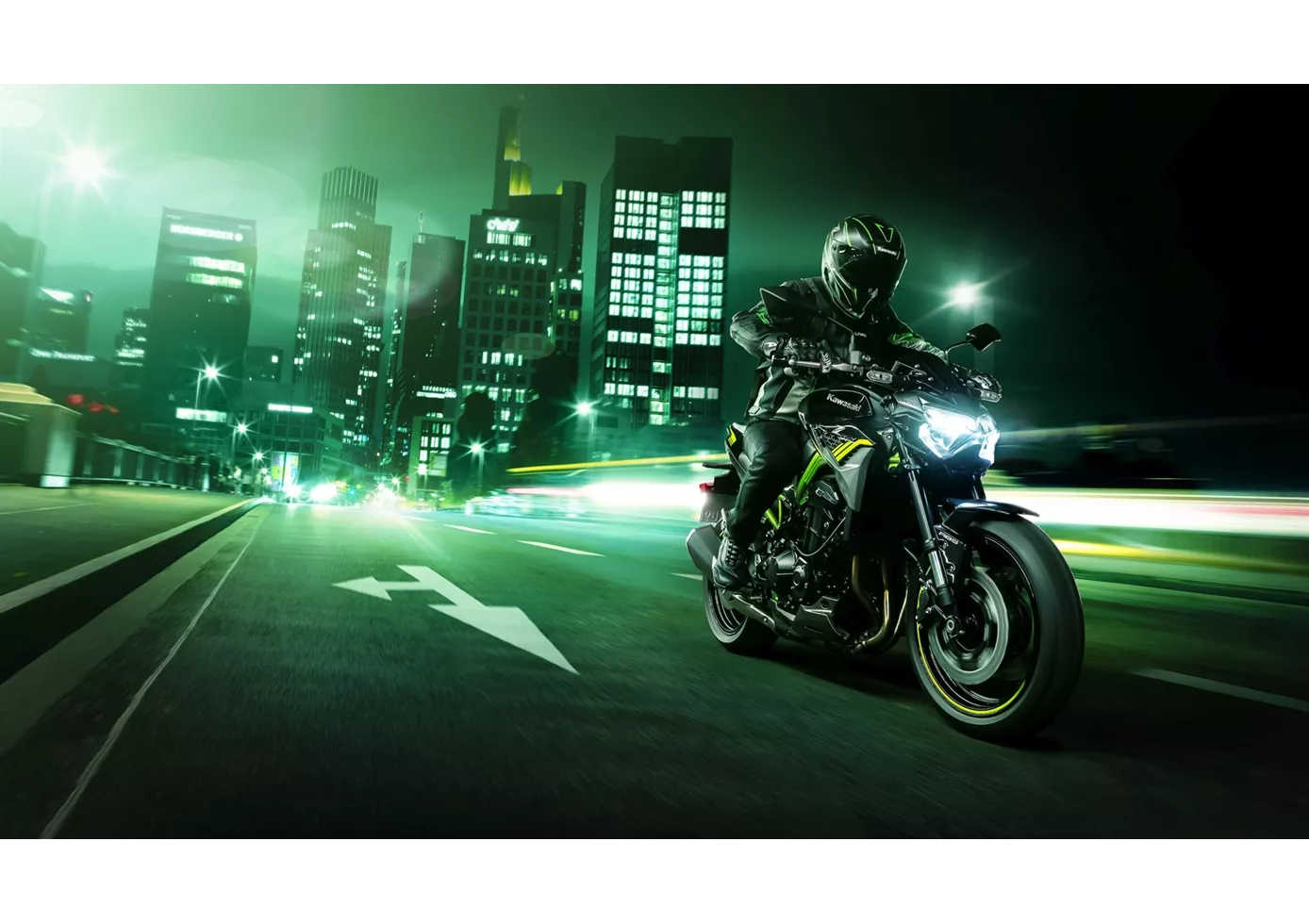
Whether you ride it with 70 kW, or in a further throttled 35 kW version: The Kawasaki Z900 is on a par with its open version - just with less power. That's why you can also be happy about the great handling and the updated electronics package for 2020. There's also good news about the engine. Even with 95 hp, the Kawa pulls tight on the chain and will give pleasure for many seasons! A bike you can grow with!
Suzuki GSX-S750 2017

More power, more performance, more sound. Suzuki also proves all the pessimists regarding the EURO4 standard wrong and delivers the GSX-S 750, a successor to the GSR 750 that has been further developed in every respect and can be a bit more serious, but doesn't have to be. To ensure that aha moments don't become oje moments, ABS and a three-stage traction control that can be switched off provide a safety cushion. With S21 tyres from Bridgestone, the GSX-S is super-sporty, allowing you to take advantage of the generous lean angle clearance. Only the acute knee angle could be a disadvantage on longer tours.
Price Comparison Avarage Market Price Kawasaki Z900 70kW vs Suzuki GSX-S750
There are a few key differences between a Kawasaki Z900 70kW 2020 and a Suzuki GSX-S750 2017. In terms of price, the actual average price of a Kawasaki Z900 70kW 2020 is about 17% higher. Compared to Suzuki GSX-S750 2017 there are less Kawasaki Z900 70kW 2020 bikes available on the 1000PS.de Marketplace, specifically 5 compared to 14. It takes less time to sell a Suzuki GSX-S750 with 84 days compared to 197 days for the Kawasaki Z900 70kW. Since model year 2018 1000PS.de editors have written 10 reviews for the Kawasaki Z900 70kW and 14 reviews for the Suzuki GSX-S750 since model year 2017. The first review for the Kawasaki Z900 70kW was published on 23/11/2018 and now has more than 104,300 views. This compares to more than 50,800 views for the first review on Suzuki GSX-S750 published on 04/10/2016.
